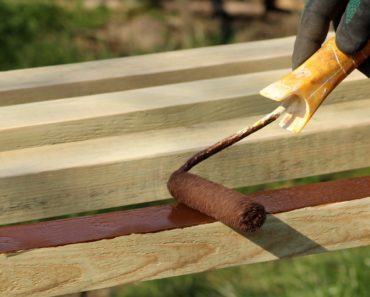Either you’re a total amateur carpenter making your first woodworking steps , or a professional who makes money from this job , to be able to preserve your carpentry projects effectively and for long is a very serious situation .
Nobody wants to see his precious wood creations , who spend days – weeks – months to create them , to display rot , fungi and wood bug problems , blue spots , grey areas ( caused from the inner drying of the wood’s oils and fluids ) and in general , serious wear issues .
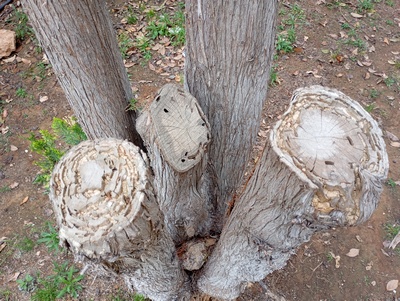
I’ve experienced many situations like that , so i’ve asked many professional carpenters with more than half a century of experience , as i’ve contacted with university teachers in the wood area in my country Greece , for information .
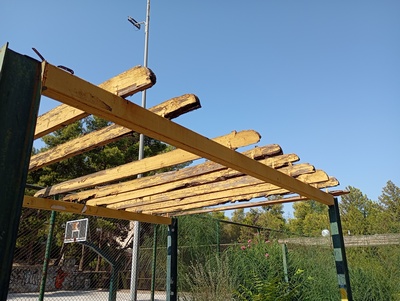
One of the University teachers( in Ioannina city in nortern Greece ) who i respect a lot , he told this and i want to share it with you :
“You may do all the correct protection actions for your woodworking creations , do no “mistakes” at all in the process , but eventually your plan may display some issue , small or big . When you deal with recyclable – renewable – “alive” – natural materials , the factor of luck is always present .”
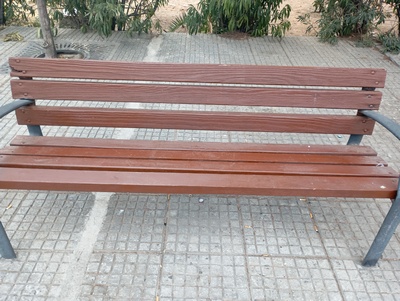
I’ll share with you , all the knowledge i’ve collected , then i’ll tell you the exact step by step actions you should do for concerning the finishing – protection process and then some FAQ’s , tips and “secrets” .
What is the Basic mentality for the wood’s Protection and Finishing ?

Wood is an “alive” natural material and it has mass . This mass is anisotropic(different properties across its length) , is inhomogeneous( isn’t the same in all of its mass ) and contains cellulose and other elements/fluids . The cellulose “magnetize” moisture and creates problems .
The wood’s mass also has pores and it interacts with the environment . All these , make the wood very vulnerable to rot , bugs , fungi , discoloration from the UV’s and its enemies in general .
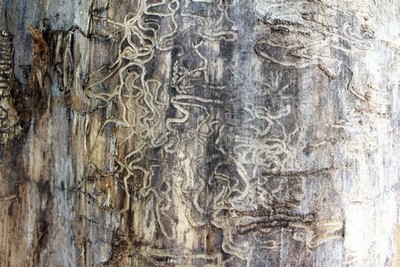
I’ve written an article for the wood’s enemies , read it in HERE .
So the woodworkers and manufacturers are using natural – chemical and their combination factors , trying to fill or cover these pores and the surface , in order to protect wood . So let’s proceed to the list of these factors .
Complete list of Natural and Chemical materials to preserve your wood .
1) Linseed Oil ( raw or boiled ) .
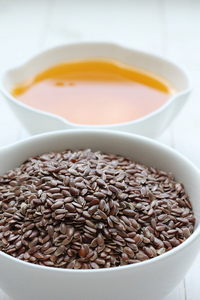
It’s the oil that comes from the “linum usitatissimum” plant and when its raw , it’s 100% natural . The boiled you find in the markets , isn’t really boiled . The manufacturers are putting inside it , solvents and other chems for quicker drying .
Many professionals are using it , for finishing of their wood creations and in my opinion it gives the most beautifull result on a carpentry project . Many gun manufacturers are using linseed oil in their elite and expensive handles , for best finishing result .

Colossal Attention to this : After you finish our linseed oil “jobs” , you should let the cloths , sponges et.c outside to dry and then we store them . Otherwise they can catch fire !!!!
The linseed oil( oils and waxes in general) is a very big “chapter” , i’ve written an entire post , only for that , see it in HERE .
2) Canola Oil .

It’s an oil they used the “old days” to immerse wood in order to fill its pores and protect it , but not in our days anymore . There are other more effective oils .
3) Tung Oil .
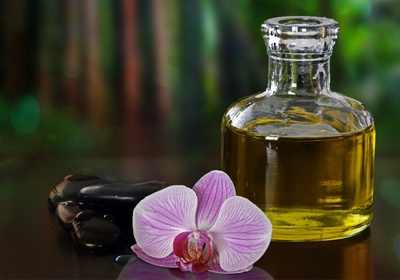
It comes from the China tree “Vernicia Fordii” and it’s the best oil to protect and mainten your kitchen’s wooden equipment (plates , wooden cutting boards , et.c ) .
Try to find in the markets tung oil in its pure form and have all the appropriate licences , because it’ll have daily contact and use with food .
You may also fing tung oil combined with linseed oil . These 2 oils are boiled and create a very strong oil , which can do a very efficient protection to the hard life of the sea boats . You may find it as an oil name or varnish .
Of course it’s 100% natural . It is only boiled together with no solvents . It is a very good choise for “heavy duty” natural wood protection .
4) Teak Oil .
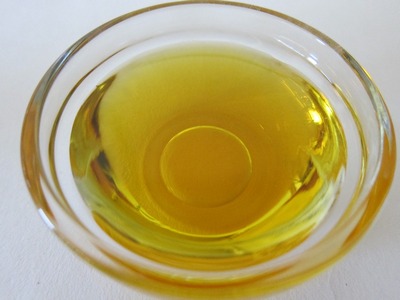
It comes from the very famous for its properties tropical tree Teak , which except all its other properties , it produces the teak oil which is very repulsive to wood’s fungi and bugs .
It’s very common preservative and a great protection for the outdoor wooden furniture , the boat’s decks and in general for the outdoor wood .
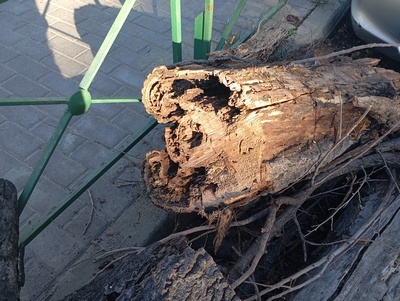
Of course if you like you can use it in your indoors wood pieces .
We find it in the markets , mostly mixed with other oils , waxes , solvents , varnishes and UV filters for the outdoor wooden creations of all kinds .
5) Danish Oil .
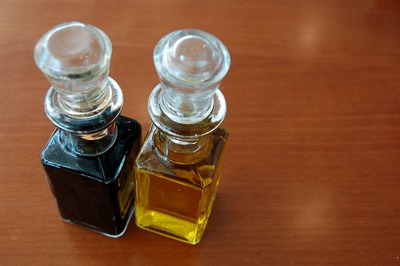
This oil type you see in the stores , doesn’t come from a natural tree or plant . It is a mixture of oils and its ingredients are depending the manufacturer . The danish oil manufacturers mix the oils , according to the whatever “wood finishing mission” , the oil has .
Usually danish is a mixture of linseed oil and tung oil, but this isn’t a “law” . Danish oil is a more “heavy duty” oil and when it dries it becomes solid .
Because of this manufacturer “flexibility” you should read carefully the label when you buy it , to identify what kind of oil it has and if they are the appropriate for the “job” you want .
6) Cedar Oil .
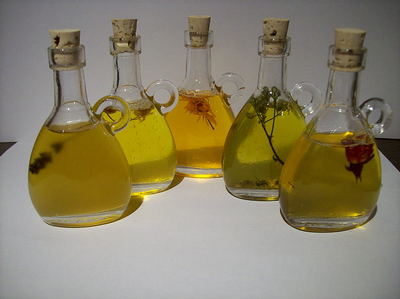
Another oil coming from the “old days” but being very effective to wood protection . Ancient Greeks used it , very much and cedar oil isn’t ideal only for aromatotherapy .
It’s very effective against the wood’s bugs and it can protect your wooden stuff , very good . Cedar , Cypress and some other trees , are very resistant to wood fungi and bugs , so the cedar oil is a very fine wood preservative factor .
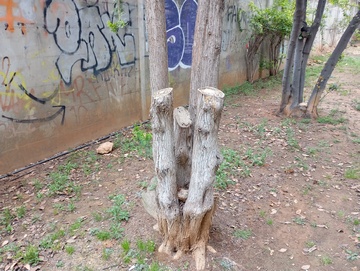
The Staue of Zeus( 13 m. height ) in the Ancient Greece was protected by cedar oil .
See some of my top oil & waxes suggestions for protection with less chems in HERE .
7) Decking oil .

I know that you see in the markets , wood preservative and finishing packages called decking oils , but this aren’t of course natural oils , from trees – plants or whatever . The decking oil is like the danish one .
It’s a mixture of : polyurethane modified several kinds of oils , waxes , sunlight stabilizators , UV filters and other chemicals , in order to get the result the manufacturers want .
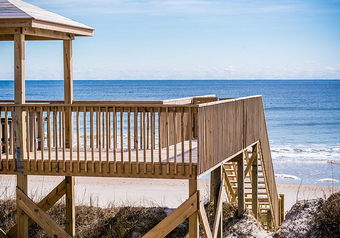
The wood which is going to be used in the marine field , in pools and in general the outdoors , requires the best of protection , so the manufacturers are creating several kinds of mixtures .
8) Tar Oil . ( highly toxic )
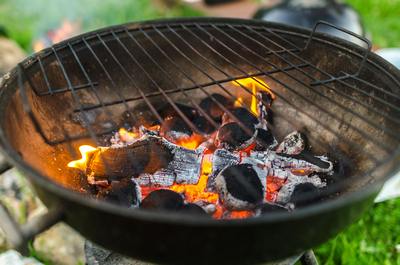
Tar oil is produced from the dry distillation of coals and it’s highly toxic for humans and animals . It was used and it’s used mostly for the impregnation of the railroad wood , the outdoor logs of the power service agencies of some countries and “jobs” like that .
It’s a very effective preservative , but it’s very toxic and in many western countries tar oil is illegal .
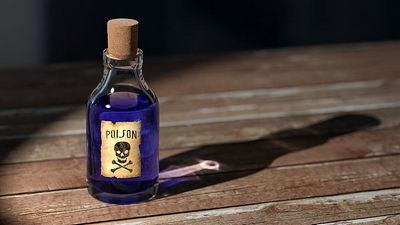
ATTENTION : In here i want to say something to you , about petroleum .
I don’t want even to refer to it as a preservative or anything . Petroleum is a very toxic material and never use it as a bugs-fungi killer and as a wood’s protection , even if you’ll hear stories ( mostly from the “old days” carpenters ) , about its efficiency .
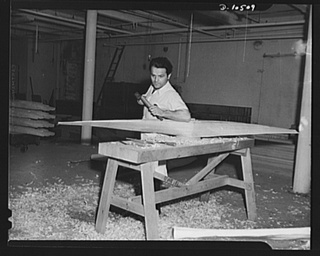
The “old days” when the today’s material didn’t exist , many people used it . Today , you can do better “job” with the modern materials . Just ignore , what you may hear .
9) Walnut Oil – Sesame Oil – Sunflower Oil – Olive Oil .
Basically you can use all the oil types to protect your wood . In the Ancient times they did that . They boiled their wood with whatever oil they could find to seal the wood’s pores .
Nowdays , the walnut oil , as the sesame oil , the sunflower oil , the olive oil , are antiqueted oils , for wood preservatives .
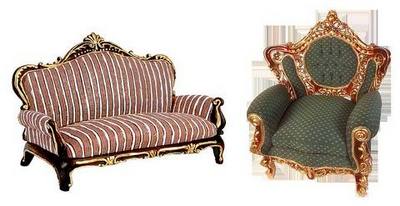
Attention needs , the use of the walnut oil for the kitchen food equipment , finishing . If you are allergic to nuts , you’ll have problem with the oil , too . I suggest you , to avoid it and choose another preservative .
10) Shellac .
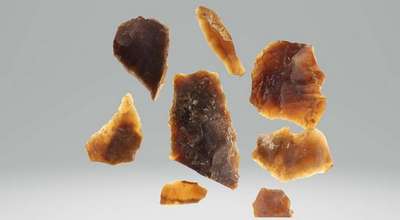
It’s a 100% natural resin which we take it from the peel of the trees in India . A female bug is creating the shellac above the tree trunks and we scratch it -take it , from there .
It’s harmless to humans and animals . We use it in the pastry making as an ising .
In the woodworking activity it’s a very strong primer . We make shellac by mixing – dissolve 1 part of shellac resin το 2 – 3 parts of pure alcohol and we are ready to use it .
Most of the old type of wooden furniture has shellac finishing , but it’s used nowdays , also . It’s 100% natural and it gives a strong layer of wood protection .
The majority of the musical instrument creators , use shellac .
It also shines very nice , if you like your furniture shiny .
11) Pumice Dust .
We use pumice dust to fill and seal the wood’s pores . It’s a very effective thechnique , because pumice is a natural material . After the pores are filled we can make our finishing , experimenting with every element we like . Paint , oils , waxes , shellac , etc .
Many people want to use natural sealers , than the chem ones and pumice dust can do the job very nice . It’s a rock and comes from the volcanoes .
I’ve collected some of the top wood fillers from the markets to get , if you go HERE .
12) Waxes .
The several types of waxes is a very fine way to protect and seal your wood from the external factors . The waxes create a protecting film and they don’t let anything( water , moisture , fluids) to harm the wood’s mass and they have a big advantage .
They let the wood “communicate” with the environment and they aren’t like the varnishes which are creating a crust above the wood’s surface .
They are best solutions for the indoor wood and with a wet cloth you can erase fingerprints , footprints and other signs above wood , after the last wax finishing hand . So don’t be afraid that a wax finished surface cannot be cleaned .
Waxes are 100% natural , eco friendly and humans friendly , only if you’re very carefull in your purchase choice .
Buy only 100% bees waxes , or other 100% natural waxes( carnauba) and avoid the waxes which have turpentine or turpentine oil from pine , inside . Turpentine is a solvent , is toxic and may cause allergies , e.tc.
Waxes with resins inside them can cause allergies also , so avoid them too .
You can use also the very nice calcium wax which is white and gives a very beautifull result in the oak and elm wood , mostly .
13) Chalk Paint .
It’s very popular the last couple of years because of the beautifulness it gives to the wooden furniture , new or mostly old and “tired” ones . It’s created by mixing pigments , calcium carbonate and water .
It gives an astonishing beautifulness result to the wooden furniture and it’s easy to do it yourself . You just paint your furniture , after you have rubbed it a little .
Of course the manufacturers say that it doesn’t need primer , but i suggest you to make some preparation to your wooden piece . “Hydrate” it with linseed oil , or a water based varnish , or whatever else you like for maximum and in depth protection of the wood’s mass .
Then rub the excess of the varnish , oil or whatever and use the chalk paint . Chalk paint is mostly a finishing material , based very much on the astonishing result it gives .
14) Oil Paints , with solvents .
It’s the common paints we use to paint wood , but they use as a solvent , the turpentine . They give a shiny result and they have a characteristic smell from the solvent , while drying .
It’s a more “old days – traditional” , paints and they need longer time to dry . Turpentine is toxic , is chemical and it needs attention .
15) Water Soluble Oil Paints .
They are the “new era” oil paints and the evolution of the previous ones . They contain very – very few chemical solvents and their primary solvent is water . They have way less smell and faster drying .
Prefer paints with acrylic resins .
Another advantage of the water soluble oil paints , is that they “breath” more than the classical ones . While they’re drying the surface film contains “water friendly” elements , which allow the breathing while aging .
Yes , you can paint engineered wood( MDF , et.c ) with these paints .
14) Water Soluble Impregnation Paint .
Except the impregnation varnishes , which penetrate and protect the wood’s mass , water based impregnation paints exist , doing the same “job” and coloring wood the same time .
16) Acrylic Resins .
They are the best of the best among the manufacturers and the Forestry Department in the US , for the protection of wood .
They are the best for the conservation of the wood’s color , great resistance to alcalinity , to wear , great resistance to rubbing and they have unique toughness through time .
The Acrylic resins , are the “Ferrari” of the materials you can use . In general the resins are the best materials till now , for the protection of wood .
17) Polyurethane .
Polyurethane has the second place in the wood’s protection “ranking” according to the US Forestry Depertment and the wood manufacturers .
Polyurethane is a resin too , which is very strong and flexible the same time . It’s very capable for the outdoor wood protection .
18) Crust Varnish .
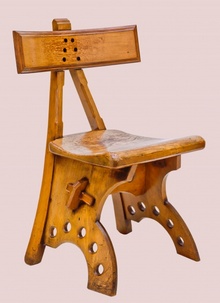
It’s the classical varnish which makes a protecting film above the wood’s surface . It protects it , but it has many disadvantages .
It doesn’t let the wood “breath” and it isn’t an “immortal ” protection . It’s affected very much from the UV radiation . During time it makes tiny wood cracks , which you cannot see and eventually it goes off , leaving the wood unprotected .
If you have a wooden floor in your home which is protected by a crust varnish , check the connections of the wooden boards .
They are all black from moisture and rot , because in the connections the beginning of the varnish peeling , starts !!!!!
19) Water Soluble Impregnation , Varnish .
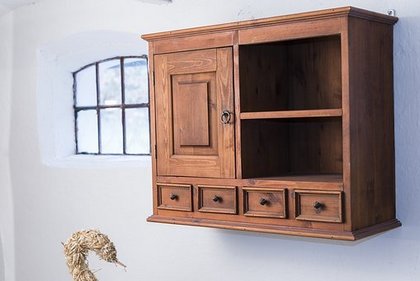
These varnishes aren’t creating a crust above the wood to protect it , but they penetrate it . They let wood to “breath” and if you make several layers you can have a more shiny result .
They are the evolution of the traditional varnishes and they’re very capable for wood protection . All the varnishes are a combination of oils , resins and a diluent or a solvent factor .
The water soluble varnishes are more preferable than the “classical” ones from many people as the evolution in chemistry continues .
Of course they more good for the general health and they are more eco friendly .
20) Water Soluble Impregnation Acrylic Polyurethane , Varnish .
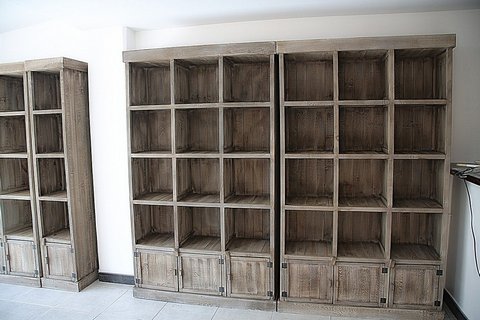
These varnishes have the same “approach” as the “simple” impregnation varnishes , except that they include polyurethane which is also acts as a fungicite and bugcite .
In all varnishes you can have them colored or without color . They have the “role” of the protection of wood , but they are decorative also .
I’ve written a post for the coloring of the wood and its benefits , read it in HERE .
21) Water Soluble Sea Vanish .
They are mixtures of varnish , oils , solvents , very strong UV filters , “hard” waxes . Their “mission” is very tough , because sea and the saulty sea life is very hard . They are crust varnishes and they create , a very strong crust film above the wooden surface .
22) Preserve wood with Impregnation .
This method cannot be done by individuals . It’s an expensive method , but a very effective one , maybe the best of all .
I’ve written a complete post for this very effective method and how can you avoid the toxicity , read it in HERE .
We use chems and salts ( mostly borate & copper ) to preserve our beloved carpentry projects or what ever we want form wood . It’s a kind of complex method using pressure ovens and stuff like that .
23) Preserve wood using the Shou Sugi Ban Method .
Maybe it’s the oldest wood protection technic . The Ancient Greeks did that together with the oils and other stuff , but the Ancient Japanese people have made it perfect and use it very much .
Nowdays it’s a very nice decorative method , together with the high protection it gives to the wood .
We use this method mostly in the outdoor wood constructions , but i’ve seen indoors decorative designs with it . It has become very popular .
We “burn” and carbonate the wood’s surface for a couple of mm and this keeps it safe from wear , weather conditions , et.c .
It needs experience and attention to the safety measures . One of my first posts was for this method , read it in HERE and see videos also .
24) Nanotechnology Wood Protection products .
In our days , you can find several wood preservatives , which they use the nanoparticles to fill the wood’s pores and protect it . They are very capable , because they are intergrade to the wood’s molecules and they make it very strong .
So you see , how many ways we have to protect our wood , let’s see the exact actions from A to Z , we need to do with our wood project .
If you want to check and purchase some of the Best dyes , stains , varnishes and more , go in HERE .
Step by Step Guide to preserve and finish your woodworking project .
1) Before any action , you should be certain that your wood doesn’t have any bug – fungi issues . If it has , go to the closest professionals , to get your wood’s “medicine” . It’s a major priority not to let the problem evolute .
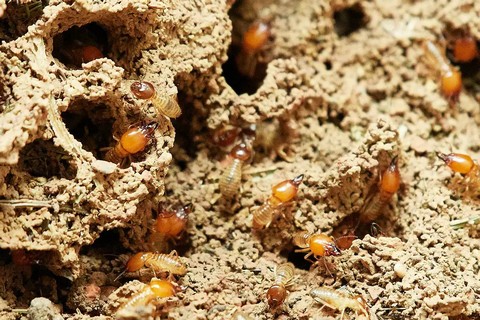
If you have also rot or serious discoloration themes , caused by moisture or bugs , you need the appropriate wood “medicine” too .
If these rot – bugs issues , have caused irreversable problems to your wood construction , you should remove them completely . Use your chisels , knives , et.c to clean the area .
See some of the best card scrapers , sanpapers et.c , which you can use for the cleaning in HERE .
2) Before you apply any material on your wood , you should remove , completely all the old materials , varnishes , glue , resins , shellac , et.c . Use the varnish removers , as many times you need in order your surface being 100% clean .
3) Inspect for serious damages , now that your wooden surface is clean .
4) If you have wood “big or small gaping” issues ( holes , deep scratches , entire pieces removed , crackings , et.c ) , fix them . Use wooden stucco , wood crayons , wood fillers and make your surface “new” .
See some best wood filler suggestions for you to buy , in HERE.

5) If you have intense and ugly spots use a reviver and if you have wood “rings” a ring remover .
Secret TIP : If you have a wooden area with a dent and you want to straighten it , iron this area putting above the wood a wet towel . Slowly and carefully put your iron above the wet towel and let the steam do its “job” .
You’ll see that the surface will come to its primary level .
There is another one “ancient” way you can straighten your dent wooden surface , read it in HERE .
6) Now you’re ready to Act on your surface .
7) You need to Rub your surface with your sandpapers , very carefully starting from the thicker to the thinner sandpaper .
In every step and switching from thicker to thinner , before the use of the thinner sandpaper , wash the wood , in order to raise the wood’s fibers . Then proceed to the thinner rubbing .
Many pro carpenters they wet the wood and then they use the hot air of the hair dryer to raise the fibers !!!!
Other pro carpenters they like to leave some wood dust , on their wooden surface to combine it with the sealer and fill the pores of the wood . I like to wash my surface with linseed oil soap , but you can do whatever you like .
Secret TIP n.2 : If you rub your wood manually with your hands , wrap up your sandpaper to a pencil eraser(!) , so the pressure from your rubbing moves to be equal in all the length .
Of course we always rub wood , along with the wood’s fibers and never vertically .
8) After the correct rubbing , you’re ready to apply the wood preservatives you like . Oils , waxes , varnishes , shellac , paint , chalk , sealers , whatever , but you need to have some “unwritten laws” in your mind .
What are these “laws” ?
a) If your wood needs “hydration” , because the sun has evaporated its fluids , do it and i suggest you to use oils . The linseed is the best . In general linseed is a great substrate .
b) If you want to wax your wood after the oils , you should smoothen the surface a little . The oils are raise the wood’s fibers . You can use your kitchen’s hard side common sponge .
c) Above the wax and the crust varnishes , we never do anything more . They are the final protection layer . No material can have aadhension above these 2 elements .
d) Your wood’s moisture , should be as close ot the 14% as you can . If it’s way more , find a place to dry it more .
e) As i’ve said it before , NEVER store the wet cloths from linseed oils . They can catch fire , by themselves !!! Leave them outside to dry and then storage them .
FAQ’s :
1) What is the Best way to protect wood Outside ?
In here you should clarify to yourself if you want natural protection or a chemical ones.
a) If you want outdoor wood protection using 100% natural materials , the combination of the raw linseed oil and bees wax is the only one which is 100% natural . The boiled linseed oil includes solvents and other factores for quicker drying .
The shellac is a natural material but it is a crust one and i don’t suggest you to use crust outdoor protection . It won’t last for long and it may damage your piece . The UV’s will “kill” it in a very short time .
b) If you don’t care for natural protection only , the choices in here are way more . You can combine natural and chemical ways , or choosing the resins and polyurethane “path”(in here you can do combinations too ) which according to the manufacturers and specialists are the best .
– You can mix teak oil with extra bees wax .
– You can mix danish oil , teak oil and wax .
– You can mix water soluble impregnation varnish and after your wood is full of it , rub it and then finish with teak oil and waxes to waterproof your wood .
– You can let your wood “suck” as many teak oil it can and then you can finish with a water base varnish and wax as the finishing layer .
The combinations you can do and experiments are “endless” .
2) What is the best preservative for Ground contact ?
In here if you don’t want to act the Shou Sugi Ban technic , which is very effective for this kind of wood’s “suffering” , i suggest you to choose the use if the best chemical materials .
The AWPA ( American Wood Protection Association ) standards , recommends the copper naphthenate and i want to say that the resins and polyurethane , should be very good for this usage .
Of course multiple paint layers with maybe a “hard” wax , will be a very nice alternative .
The wood touching the groung will “suffer” the most from the continuous moisture touch , the water – fluids , the insects and the continuous weather and soil switchings .
For sure you’ll need the maximum of protection , you can get .
BIG SECRET : Be carefull when you create a wooden construction which touches the ground , either it’s a small garden room , a log warehouse , something like that .
The last board – log shouldn’t be in the same straight line as the previous board – log , but a little bit more inside .
In that way the water from the rain won’t be able to make small water “lakes” and rot the wood in this spot !!!!!
It will “slip” to the ground .
As you see the correct wood choice for the best possible way to protect wood , isn’t so easy , but the modern materials and chemistry are helping a lot .
Never stop woodworking and gain happiness from it .
